Oltenia de sub Munte: The Romanian region aiming to become a UNESCO geopark
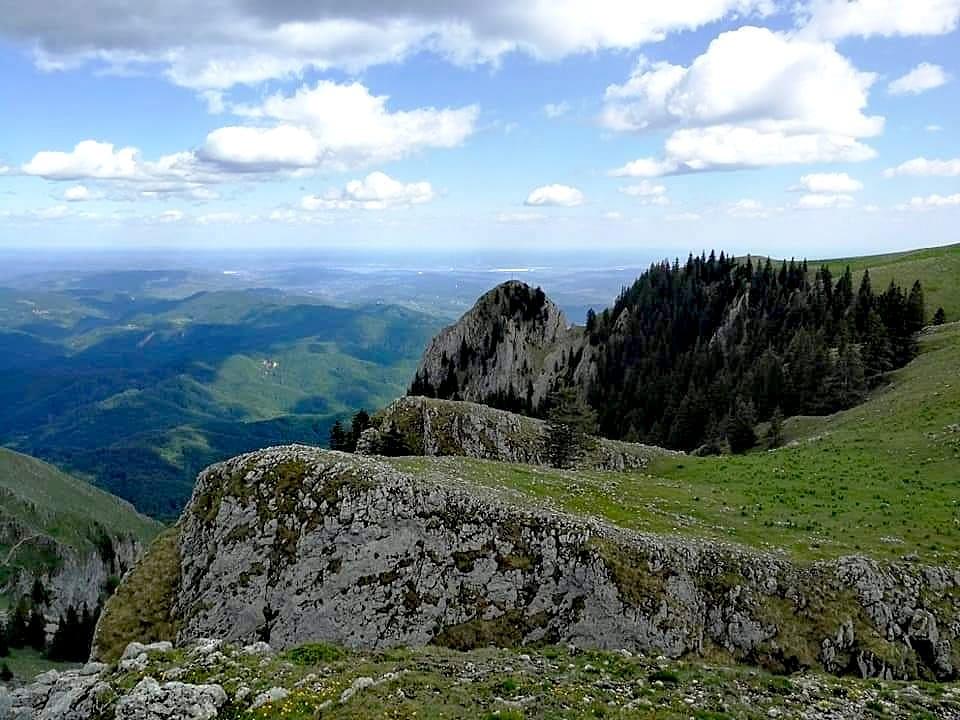
Oltenia de sub Munte, a region in southern Romania, is an aspiring UNESCO geopark as Kogayon Association has been working on getting it the status and give the area the profile it deserves. Florin Stoican, the president of Kogayon Association, told Romania Insider more about the work to turn Oltenia de sub Munte into a UNESCO geopark, how this can help the region develop, and why collaboration is key when it comes to making this happen.
The path to receiving the UNESCO geopark status is more important for Oltenia de sub Munte than the status itself because it means projects and activities that help raise the profile of the area, Florin Stoican explains. A native of Costești, a village in the region, he heads Kogayon Association, the driving force behind the project to turn Oltenia de sub Munte into a UNESCO Geopark. This is not the first time the organization is making things happen in the region, having been involved in the project that saw Buila-Vânturarița, an extremely biodiverse area, become a nature park. It would be the third UNESCO geopark in the country after Țara Hațegului and Ținutul Buzăului.
Oltenia de sub Munte covers the territory of six localities in Vâlcea county, namely Vaideeni, Horezu, Costești, Bărbătești, Stoenești and Băile Olănești. The area stands out with its varied landscape and many nature and cultural landmarks dotting the hills, valleys, and peaks at the southern foothills of the Southern Carpathians.
The nature attractions are found mainly in the Buila-Vânturariţa National Park, which is also a Natura 2000 site and hosts numerous nature reserves protecting gorges, caves, ancient forests, karstic landscapes, and various habitats and species. The park, established in 2004, is located in Vâlcea county, in the southern part of Căpăţânii Mountains, on the territory of Costeşti, Bărbăteşti and Băile Olăneşti. It is the smallest national park in the country, with a surface of close to 4,500 hectares.
Besides stunning landscapes, the geopark also boasts a wealth of historical monuments, ranging from monasteries, hermitages and churches, including cave ones, to various examples of traditional architecture and customs found in the villages at the foothills of the mountain.
The geopark also encompasses the nature reserves dedicated to the Costești museum of trovanți, sometimes referred to as ‘living stones’, the Mosoroasa Swamp, and Radița-Mânzu. Visitors can also see here the Cernei Gorges, the ridge of Căpățânii Mountains, the valleys of the rivers Cerna, Marița, Izvorul Rece, Luncavăț, Urșani, Râmești, Bisticioara, Bistrița, Costești, Otăsău, Cheia, Olănești.
Oltenia de sub Munte is also home to the Hurezi monastery, a UNESCO Heritage site. Established in 1690 by Constantin Brâncoveanu, a prince of Wallachia, the monastery is considered a masterpiece of the Brâncovenesc style with its “architectural purity and balance, the richness of its sculptural detail, and the treatment of its religious compositions,” among other elements. The craftsmanship of the Horezu ceramics, also on the UNESCO heritage list, is specific to the region.
Furthermore, visitors will find here a wealth of historical monuments, such as the semi-fortified buildings (cule) in Măldărești, the wooden monasteries in Marița, Grămești and Grușetu, the Iezer, Bradu, Jgheaburi, Govora, Dintr-un Lemn hermitages and monasteries.
A first event meant to spotlight Oltenia de sub Munte was held in early July, when the Fireflies Festival took place in Costești. The festival, focused on the unique show staged by fireflies, was also a testament to the region’s biodiversity and natural heritage.
But getting visitors to the area involves responsible tourism as the team is looking at quality first and then quantity. This is why it focuses on various educational activities, including visitors’ education, Stoican explains.
More on this and the project of this UNESCO geopark in the interview below.
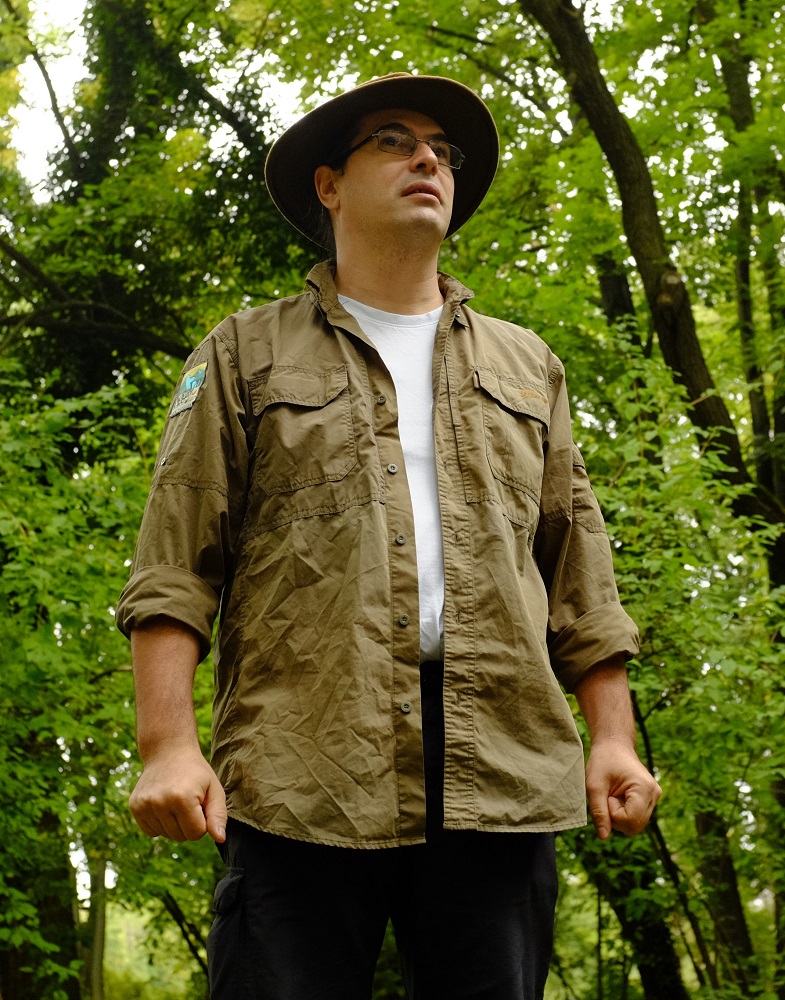
I understand the initial plan was to send in the application in November 2022, but the refusal of the County Council to approve the partnership with the project delayed things. What has changed since then? Do you expect to be able to submit the application in November of this year?
The initial plan was to submit the documents in 2020. At the time, we believed we were ready for the evaluation, and we sent to UNESCO the first letter of intent through the Romanian National Commission for UNESCO and the National Geoparks Forum. Then, the pandemic happened, and we decided to postpone submitting the documents to have more time to prepare, especially for debates and discussions with potential partners. Last year, we restarted the procedure and postponed it again after the Vâlcea County Council and the local public authorities refused to partner with us. We had all agreed on the partnership, but they changed their mind at the last minute, which took us by surprise. The delay lengthened the process but also gave us time to prepare better. We restarted the procedure this year, and in November we will send the documents to UNESCO.
In the end, the road to UNESCO status is more important than the status itself because it means activities, projects, results. Not many things have changed concerning the local authorities, meaning that they are still waiting for a legislative change, long promised by the Environment Ministry, that would formally eliminate the confusion between a geopark and a protected nature area. We are in constant dialogue with them; we keep them informed about the stages of the project, and we continue to be willing to have them as partners, as we do with all who want this. In the end, the geopark is based on partnerships, on working together, on community, and we want everyone with us because everyone has their role and only together can we do better things, faster, and more important ones.
Who are the stakeholders you found more open to the project?
The entrepreneurs working in the tourism sector showed the greatest openness, interest, and involvement. They see more clearly and easily the importance of such a project that contributes to promoting the areas as a tourism destination, to the increase and development of the local offer, the increase in the number of visitors, and of the average number of days they spend in the area, so to the rise in the revenues of tourism businesses. But artisans are also increasingly receptive, as are schools, civil society organizations and many others. A geopark can bring direct and indirect advantages to all, both the local community and the visitors to whom it offers numerous opportunities. And the dynamics of the partners says it all because we started with a few, and now we have more than 120 local, national, and international partners.
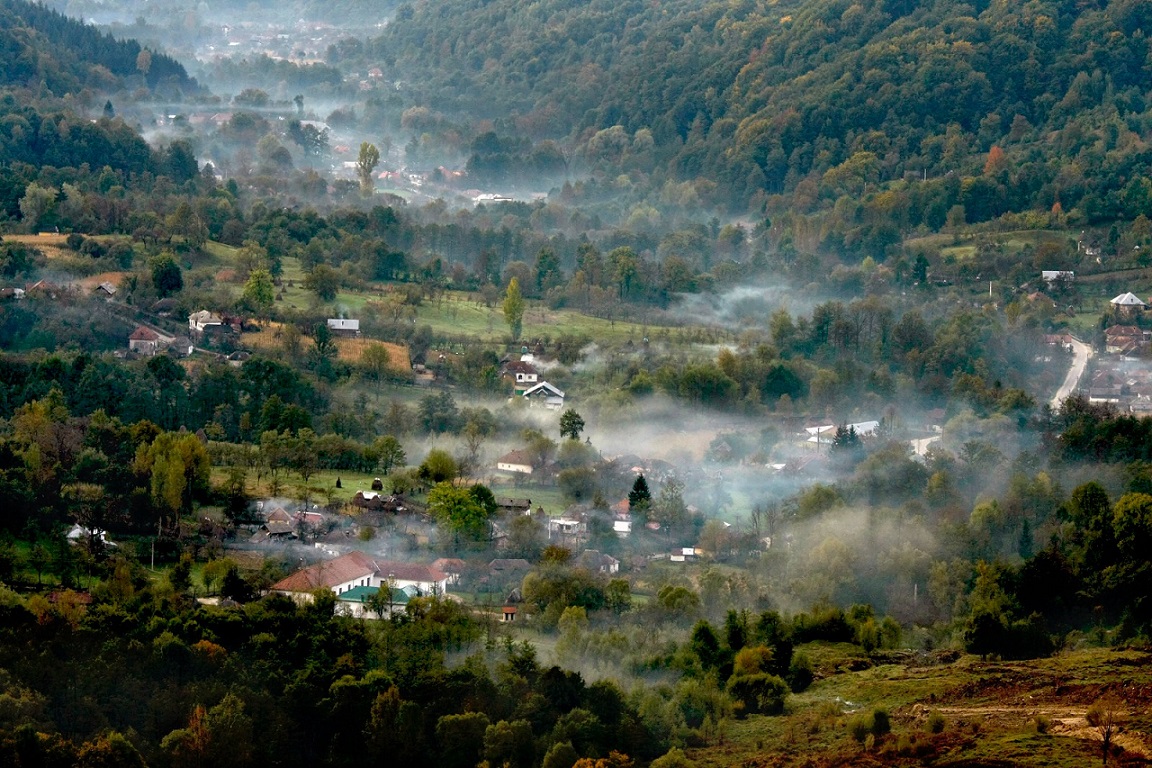
The survey you published this spring shows the community’s support for the project. Did the survey show aspects you did not expect?
There were no surprises because it was the second time we carried it out, and we plan to improve it and redo it every year. And we expand it with direct interviews with key factors in the community and with visitors, monitoring, and other instruments. This is because we care very much about the opinion of the community and of the visitors we target. The surveys showed us that a consistent part of the community (96% of the respondents) supports our endeavors, actions, and the project. These surveys somehow validated our objectives because they showed us that they are aligned with people’s views and expectations. And this helped us draft a strategy for 2030. For instance, 97% of those who answered the surveys said tourism holds the highest development potential for Oltenia de sub Munte. So it is only normal that we focus on this, even though this has been a priority for us before as well. Then we learnt what the community would want from their region but also the expectations visitors have of it. And we will try to answer these with our projects and activities.
In the survey, you asked respondents about what is missing for Oltenia de sub Munte to develop. How do you interpret the answers you received, and how would you answer this question?
We received very many answers and comments to these questions. Most see an issue with the lack of promotion (15%) and with insufficient funding, investments, and projects (also 15%). Other problems are the poor infrastructure, the involvement of the authorities (11%), and the low quality of the services offered (10%). Next on the list are the lack of collaboration, association, and organization, people’s poor involvement, the lack of education and leadership, and the lack of a strategy and development vision. This is a perception, but one that validates a reality, also emphasized by our studies and analyses for the evaluation of the territory.
If we take them one by one, we can talk about each and every one. Promotional activity exists, but it is done uncoordinatedly, and everyone manages however they can. This leads to inefficiency. No matter how much B&Bs, craftsmen, city halls, and organizations try to do promotion, as long as they do this uncoordinatedly, they will not turn the region into a tourist destination. Nobody comes to an area for a monastery, a cave, a workshop, or a guest house; they come for the entire local offer. Precisely this is what we are doing with the project of the geopark: we gather and market the entire local offer; we develop it and improve it with new products and services; we promote it coordinately and thus are turning the area from one of transit to one of holidaying.
The same goes for infrastructure and investments. They exist; for instance, public investments in the region exceeded EUR 150 million in the last years. The priority was the road infrastructure, and the area does well on this, with easy access to most objectives. But in a large part of the region the issue is with the water and sewage infrastructure where public investment should be prioritized in the following years.
This is why everyone is needed because the geopark is a project to develop the region. I would have placed on the first spots as problems of the area the lack of collaboration, association, and organization, and people’s poor involvement. This is what we need to start with. We need to all sit at the same table, listen to one another, find a way to take what’s best from others and move forward with this, all pulling in the same direction for the benefit of the region and the people. In the end, this is what we all want; it is just that everyone sees the road to improvement in their own way. Bridges are needed between communities, between authorities, politicians, civil society, entrepreneurs and academia, and the geopark can build and develop them.
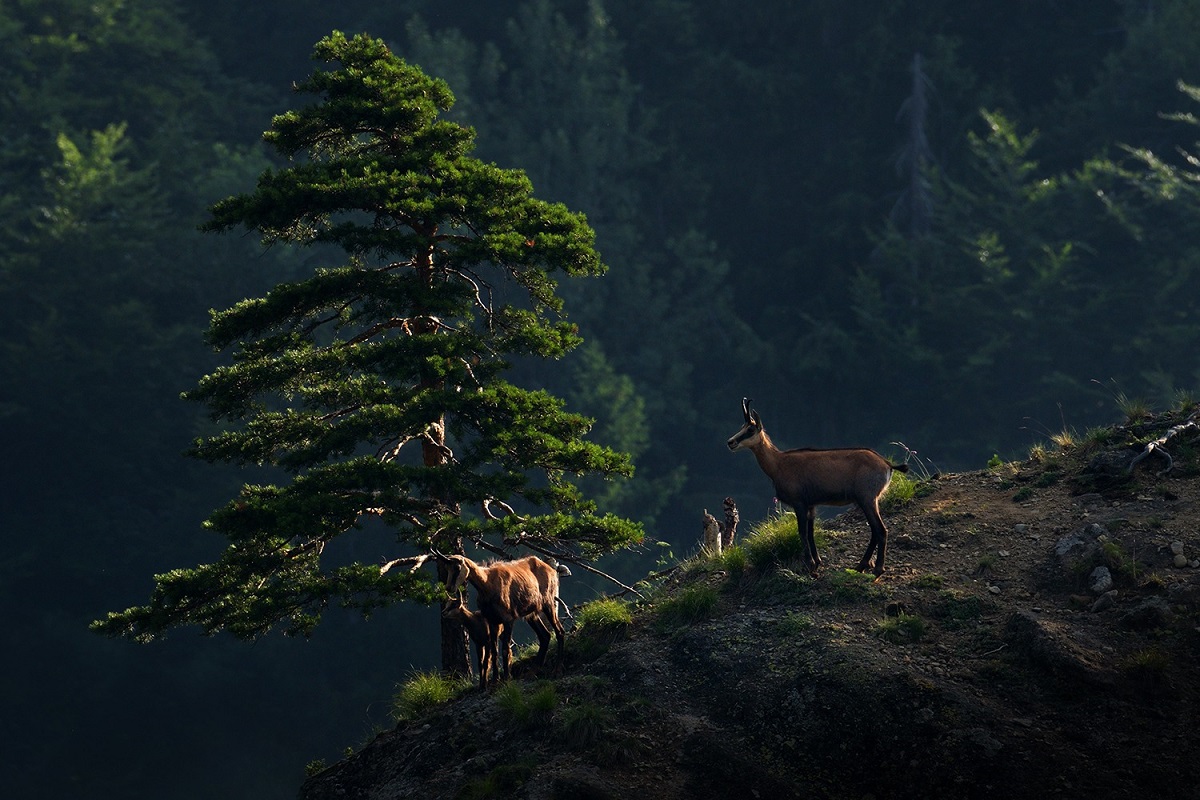
What are the strong points of the bid you propose? How does Oltenia de sub Munte stand out from other existing or aspiring geoparks in the country?
The territory of every geopark is unique. The bid is based mainly on the very good knowledge of the territory and on what was built, slowly, in the last close to 20 years, since Kogayon Association started the project and became involved in the region. Oltenia de sub Munte stands out especially with its diversity and rich nature and cultural heritage, an exceptional one, found in a relatively small area. We find here a nature park that is also a Natura 2000 site, 17 nature reserves, ancient forests, caves, gorges, karstic landscape, so geo-diversity and biodiversity. The cultural heritage adds to this, from stone and wooden monasteries and churches to traditions, crafts, customs, and local products. Among these, two elements from the UNESCO cultural heritage stand out, of course, namely the Hurezi monastery and the Horezu ceramics.
What does the involvement in the Bioregional Weaving Labs entail for Oltenia de sub Munte?
A significant opportunity to have access to an international network, know-how, examples and solutions, resources and partners. The power of a network is always greater than the sum of the value of the member organizations. BWL is an ambitious European initiative through which tens of organizations, institutes, and institutions aim to contribute together to the regeneration of 1 million hectares of land and marine area by 2030. The regeneration is an environmental, social, and economic one. This means we try to find ways to solve some problems, learning from one another, supporting ourselves and comparing diverse regions among themselves. In this way, we manage to find solutions easier, because issues exist in more than one place, and to accelerate solving them. For instance, we do well compared to other western European areas when it comes to the territory’s ecological status, but we have significant socio-economic issues. For them, it is the other way around, and they are learning from us how to repair environmental loss, and we from them how to develop socio-economically without repeating the mistakes they made and which are very costly now.
Part of the geoparks’ identity is responsible tourism. How does this translate into the plans you have for the region?
Yes, we want responsible tourism, and we would want quality first and then quantity. First of all, we invest in education, including visitors’ education. We do it on the ground, using all means possible, especially through themed trails and other information aids, but also online, as attractively and interactively as possible. And we also want to do it in the cities that are the primary sources of visitor influx by creating there educational platforms around urban nature areas, where we contribute to the creation of the Network for Urban Nature. In this way, we wish to unite rural and urban communities around nature conservation and sustainable development.
Then, we started developing certain tourism quality standards that we wish to implement locally with the partners in our network, through which we incentivize the responsible behavior of both entrepreneurs and visitors, we develop local products, services, and programs, we label and market them as local brands, we stimulate the development of local products and services, and we don’t promote destructive, irresponsible, mass tourism. Our partners will show on their entrance door the labels Oltenia de sub Munte Recommended and Authentic. We are interested first of all in increasing the number of days visitors spend in the area and in offering them quality experiences, through the direct interaction with the people and the offer of the region.
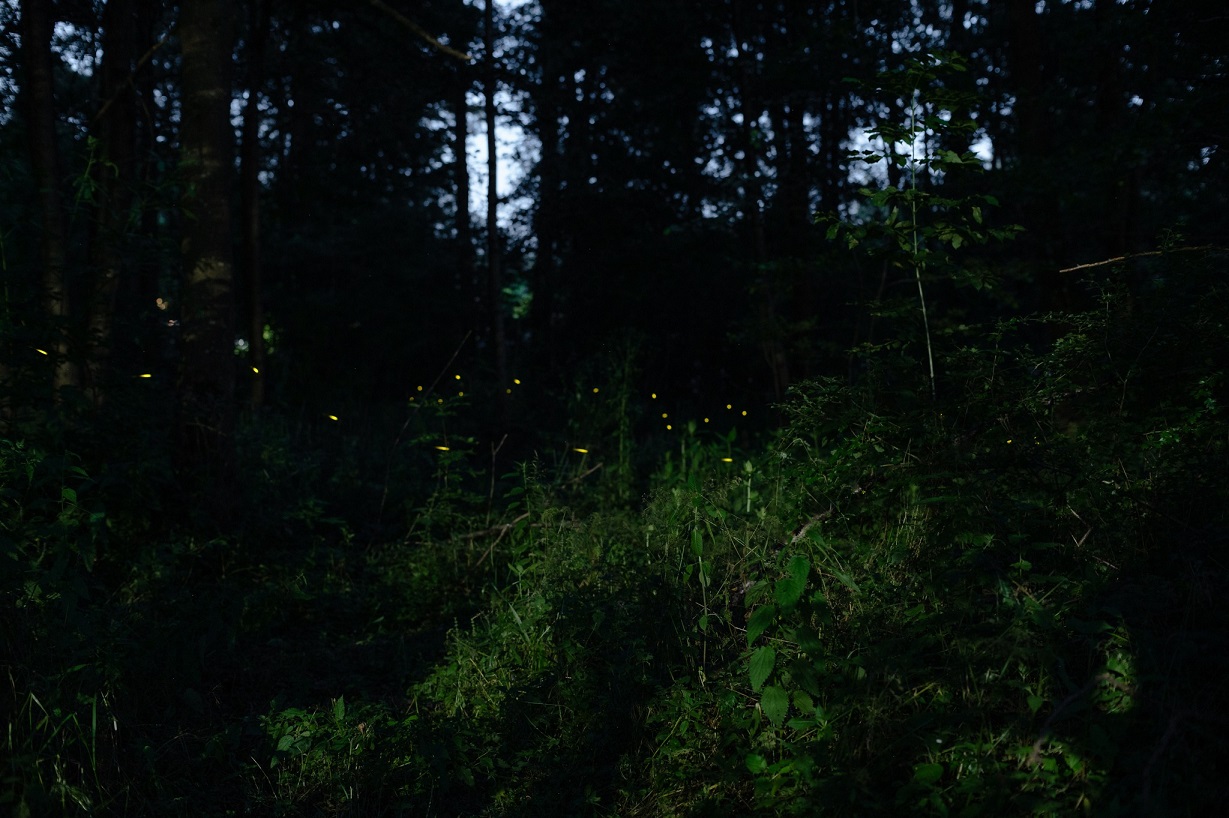
You recently ended the first run of the Fireflies Festival – how would you evaluate the first edition? Do you plan another edition? How about similar events?
It was a real success, beyond our expectations, and this gave us courage. The Fireflies Festivals will take place from now on during the first weekend of July, and we will add other events, identified and developed together with local and national partners.
I was very happy to see how the locals jumped in to help when they saw the guests appreciating their region and products. From cutting the grass and nettles to the promise of the locals to repair a stile as they see an abandoned path turns into a picturesque access way for tens of guests to the discounts for local products and services and even free ones, to taking part in preparing the food to various voluntary contributions, they all mattered and won the guests over.
The guests were welcomed with local honey and [plum] brandy labeled as local for the first time but also with leaflets about the area. The locals guided them on trails and pathways, to churches and mineral springs, and through meadows and groves. They learned about the region’s history and values, about its people and their stories. They saw local dishes being made and tasted them, from products from the sheepfold to the leek soup (ciorbă de praz), from the hearth bread (pâinea la țest) to the plum stew (mâncarea de prune) and colivă for dessert. They tasted local wines and brandy (țuică). They listened to Paganini and his fiddlers play but also to guitarist Marius Matache around the campfire. They learned about fireflies and insects from entomologist Silviu Țicu, who hails from the region and is a former junior ranger in our environment education program, about mushrooms, aromatic and medicinal plants, stars and planets from our specialist guests. They listened to Cristian Lascu talk about caves and explorations. They watched films about Romania’s nature outdoors. They learned from potters Ionică Paloși and Mihai Bîscu about the craft and had a chance to try their hand at it.
All in all, we made tens of new friends and ambassadors for Oltenia de sub Munte, who promised not only that they would return but they would also bring others with them. And most of them told us not only that they hadn’t seen fireflies before but they hadn’t even thought about coming here before hearing about our festival.
Such events can not only promote the area in the most efficient way possible, from person to person, but they can also activate the community, which proudly tries to welcome guests as best as possible.
And the community meant many residents of Costești who are volunteers of the Kogayon Association and many people who grew fond of these places, but also others who joined us recently and immediately jumped in to help the event. From the staff of the Vatra Inn, who were our hosts and carried the weight of the organizing, to the cooks who prepared the delicious dishes, from the other guest houses in the area who hosted visitors to the producers who provided us with the products, from craftsmen to fiddlers, from the local guides to photographers and volunteers to the employees of the tourism agency Globe 365, without whom we would not have managed, they all contributed; they are all part of the success of the event.
And another important thing: the idea of the festival came from the community, from the discussions with the geopark partners; it was developed and implemented with them.
Commercially we didn’t win anything as organizers, as the direct revenues went to the local producers and providers. Still, it was something we took into account from the very beginning, and the long-term benefits the event brings to promoting the area are significantly greater. Such events are an investment, and all the additional benefits belong to everyone – the local community, visitors and the entire Oltenia de sub Munte.

Many of the ecotourism options available locally target families. With the geopark’s projects and programs, will you continue to target this segment? Are you looking at other categories as well?
The Fireflies Festival, the first of this kind for families looking to discover Oltenia de sub Munte and its heritage and people, meant a lot of work, but it was entirely worth it. When children tell parents they don’t want to go anywhere else but here, in Costești, my village, where they can see fireflies, nothing of the tiredness and the logistical problems matter!
We continue to target families with children, but there are other audiences we have. The area is already attractive for mountain hikes, mountain biking, and rock climbing fans, but also to those in search of authentic local products and creations and lovers of wild landscapes. We are generally talking about active tourists, eager to explore, learn, and discover. And we target them directly by developing infrastructure, specific touristic, promotional, and informative programs under the five labels derived from the main brand, namely Oltenia Nature, Oltenia Culture, Oltenia Trekking, Oltenia Biking and Oltenia Climbing.
Do you have a favorite place in Oltenia de sub Munte? What would you recommend to those travelling to the area for the first time?
Buila-Vânturarița Nature Park. It is the smallest in the country, but since it is ours, it is the most beautiful in the universe. The recommendation would be to allow themselves enough time to discover what the area can offer, to get to know its places and people to enjoy the experience and the local offer.
(All photos courtesy of Kogayon Association)
simona@romania-insider.com













